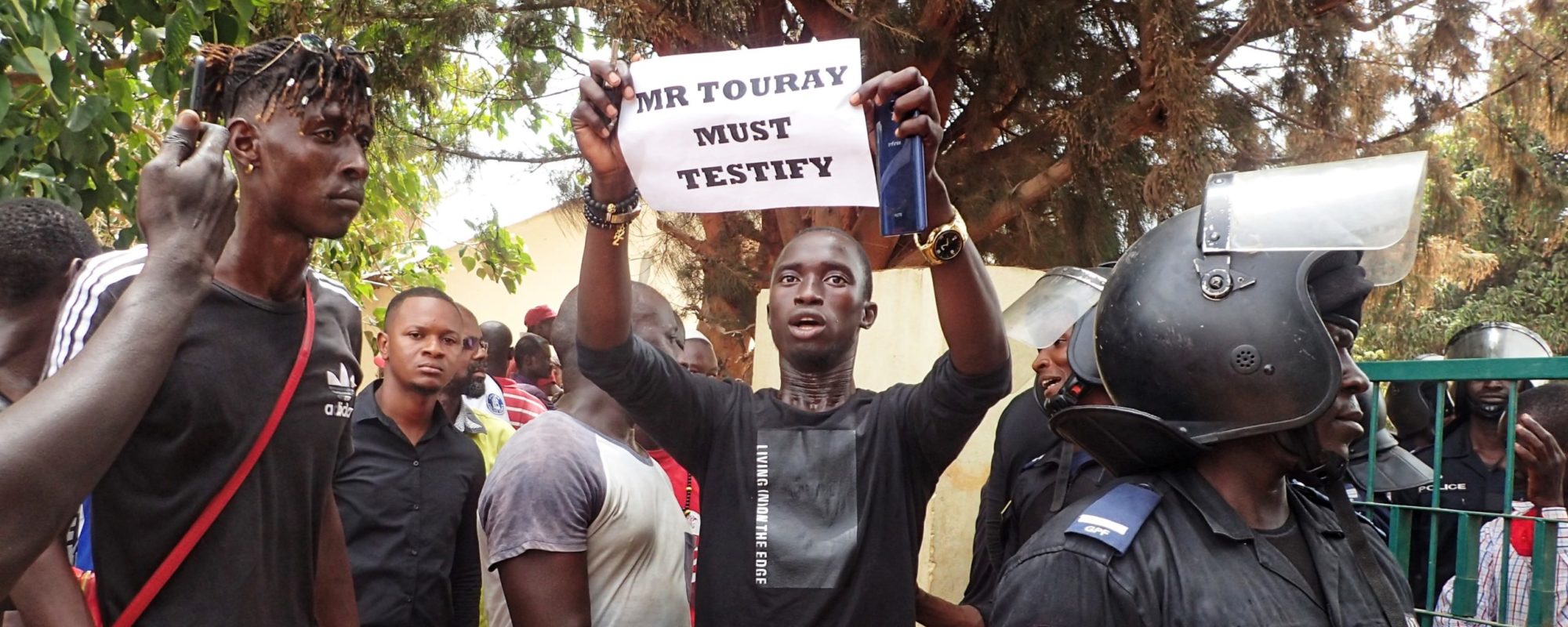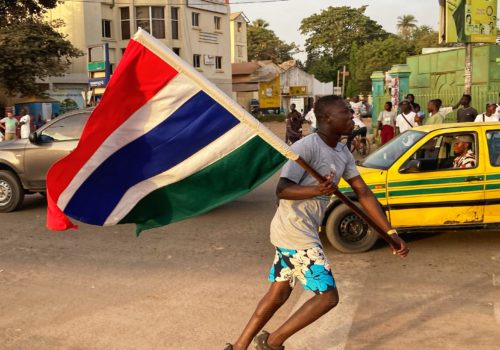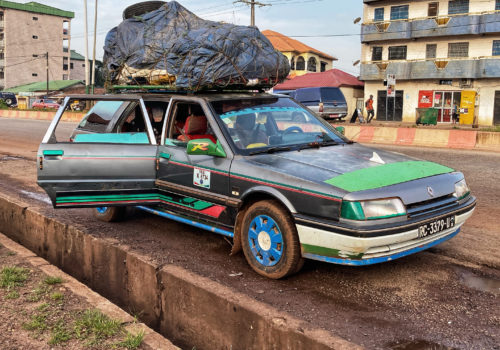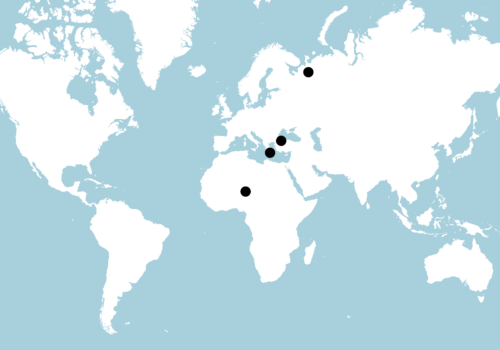SINTET, Gambia — “They showed me the witches and wizards,” Ali Jallow stated, addressing both the audience in front of him and hundreds of people tuned in via television, radio and YouTube. “Those who took guns and shot people, those who suffocated people and killed them, those are the real witches.”
It was November 2019 and he was testifying before Gambia’s Truth, Reconciliation and Reparations Commission, or TRRC. The hearing was held outside under a large tent in the small town of Sibanor, just up the road from Jallow’s home village of Sintet. Before an audience of his peers, he described how his father—alongside dozens of other residents of Sintet—was abducted by the state in 2009 and accused of being a witch. They were taken to the compound of then-President Yahya Jammeh in a nearby village, where they were force-fed a “truth serum” made of local hallucinogens. Jallow told the commission he finally secured his father’s release by bribing someone, but his health was never the same again. After years of treatment in hospitals, his father died in April 2017.
Jallow was just one of 392 people who told the TRRC their stories about human rights violations during Jammeh’s 22-year rule. While Gambia has avoided civil war and ethnic strife, under his authoritarian system, perceived opponents were disappeared, dozens were tortured, hundreds were arbitrarily arrested and detained, and even more subjected to misrule and structural poverty. Having followed the proceedings from its earliest moments, I used my recent trip to Gambia to catch up with old colleagues and friends and speak with some of those who testified, including Jallow.
Two hours after we left the suburbs of the capital Banjul, the taxi pulled off the paved road and down the dirt path to Sintet, a large village of around 1,000 people. Jallow, a shorter-than-average man with a greying beard and toothy smile, was waiting for us on the side of the road and guided us to his family compound. After a delicious breakfast of fresh milk and steamed millet, he explained he had testified to clear his father’s name, saying many of those who live in urban areas don’t know what took place. “They still look down on us as witches and think they can abuse us,” he said. “The real witches and wizards,” he added, again referring to the perpetrators of abuses under Jammeh, “are still out there.”
The TRRC was established with the idea that it, together with institutional reforms, would transform Gambian society and facilitate the transition from authoritarianism to democracy. However, on my recent visit, six months after the last hearing, Jallow and other Gambians were casting doubt on those ambitions, pointing out that reforms have stalled and any prosecutions are a long way off.
The last vestige of the TRRC, the cumulative final report, was released last month and is an accurate compilation of Jammeh’s most severe human rights abuses. However, the 17-volume document also glosses over the deeper dynamics that kept Jammeh in power and still contribute to economic stagnation and misrule. It increasingly seems like it will be up to Gambian civil society and non-governmental groups to ensure that the deeper lessons from the TRRC live on.
* * *
Jammeh seized power in Gambia following a military coup on July 22, 1994. As the new leader of a country of 2 million people perceived to be lacking natural resources or geostrategic importance, the authoritarian passed under the international radar as he took over the judiciary, co-opted religious leaders, harassed journalists, rigged elections and disappeared opponents. Two decades of fear and silence later, he seemed entrenched in power.
However, opposition parties united and won a surprise victory in a presidential election in December 2016. Jammeh fled to Equatorial Guinea the next month, leaving behind a country mired in poverty, with warped institutions and a traumatized citizenry. Nearly the entire population had been affected somehow, but stories about abuses remained hidden and the wounds festered.
I first visited Gambia as a journalist six months after Jammeh had fled to write about how the new government was reviewing the constitution, investigating financial crimes and launching a truth commission. Optimism about the future was palpable, but so was a sense that many secrets remained buried. People reveled in being able to criticize the government without repercussions. Yet when I met with victims of the previous regime, some of them broke down into tears mid-interview. They explained that they had not told their stories before and still had no idea what had happened to their loved ones.
That, then-Justice Minister Ba Tambadou explained to me, was the rationale for a truth commission. Truth commissions are public bodies set up following civil wars or dictatorships to investigate mass human rights abuses—usually through the public testimonies of victims, witnesses and sometimes perpetrators—and issue recommendations for reforms and prosecutions. Although most people associate truth commissions with South Africa’s Truth and Reconciliation Commission, such bodies were first established in the 1980s to shed light on crimes committed by right-wing dictatorships in South America. They have since been convened to address crimes against indigenous communities in places like Canada and Maine, as well as following—even in the midst of—civil wars in Sierra Leone and Mali.
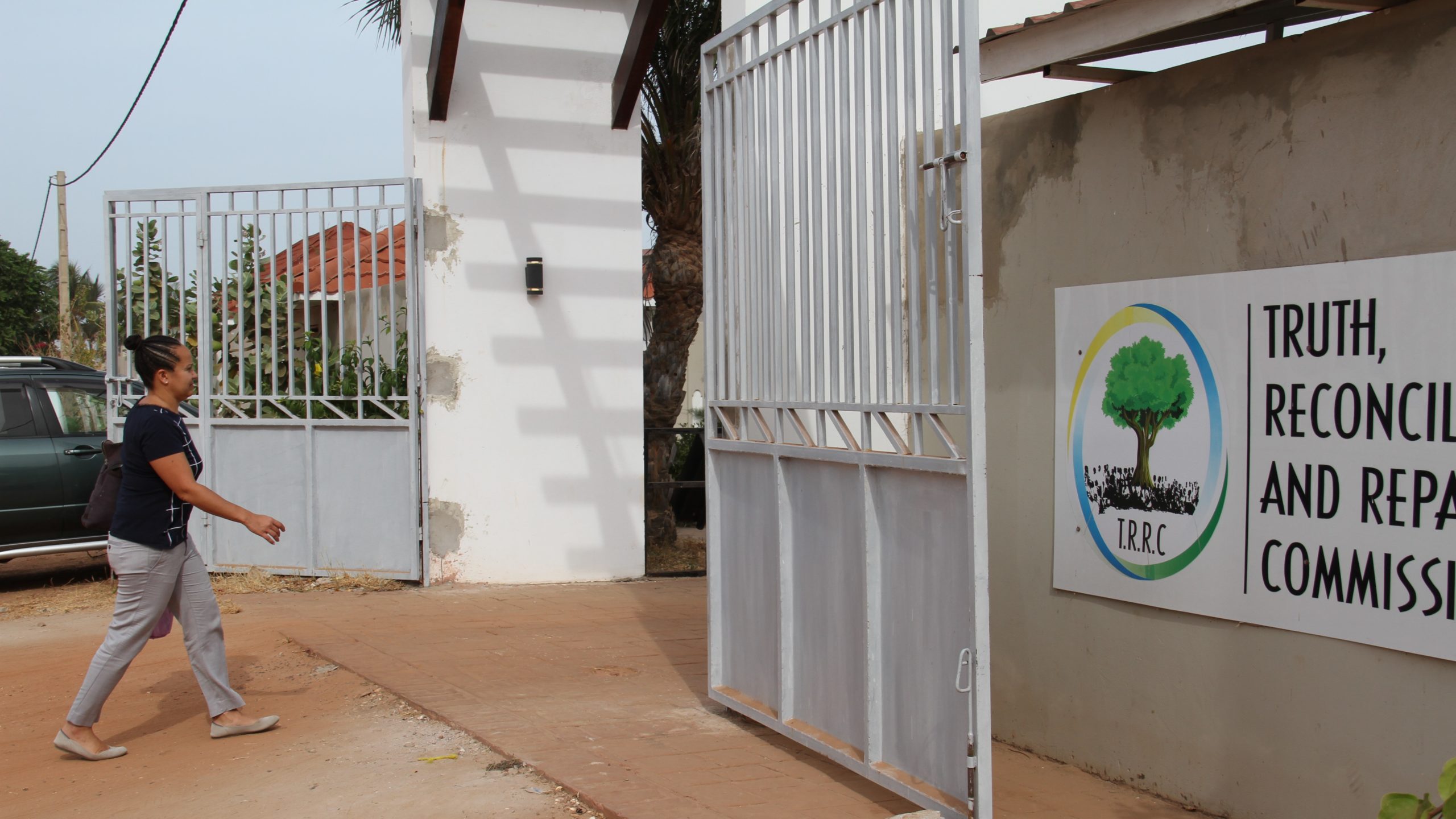
But as truth commissions have proliferated, so have their critics. Their recommendations typically have no legal binding and can be ignored by those in power. Sometimes final reports are kept secret. While truth commissions are not intended to replace criminal prosecution, governments sometimes find it more politically expedient to air dirty laundry amid a spectacle of forgiveness than prosecute former high-level officials and reform deeply corrupt institutions.
Ultimately, truth commissions are structured on the optimistic premise that exposing the past will ensure it is not repeated. That idea was at the core of the first conversation I had with the TRRC’s executive secretary, Baba Galleh Jallow (no relation to Ali Jallow), in 2018. His jovial disposition was apparent over the phone as he earnestly told me Gambia needed a truth commission to find out what happened and “to have a national discourse about the systematic and cultural enablers of dictatorship.” Only through this, he continued, could the political space be transformed to avoid a return to the past.
I was in graduate school in New York later when the TRRC began its hearings in January 2019. I initially followed online—everything was streamed live on the YouTube channels of the state-run Gambia Radio and Television Services broadcaster and the private QTV.
That summer, I was lucky enough to return to Gambia as an intern alongside the #Jammeh2Justice project, a coalition of Gambian and international civil society groups working toward prosecuting Jammeh.
From the moment I crossed into Gambia, I was struck by how the TRRC saturated public discourse. The testimonies were constantly playing on the radio when I got into share taxis, waited in government offices or bought groceries at the market. Every night, those who could not follow the TRRC hearings during the day huddled around neighborhood TVs set to catch the highlights on the evening news. When notorious perpetrators testified about secret killings and torture, the country ground to a halt. As the public hung onto every word and discussed every detail, Gambians pledged to never again accept authoritarianism.
I had the opportunity to attend the testimonies in person that summer. The hearings were held in a repurposed hotel down a red dirt road in a touristic part of town. The mood in the sterile and windowless conference room was solemn as the counsels guided, or sometimes prodded, people to explain what had happened to them or what they had done. The counsels then handed the witness over to the 11 commissioners, a mix of Gambian religious figures, youth leaders and respected civil servants, who were allowed to ask any further questions before the witness gave his or her final remarks. The silence between questions was filled with the hum of cameras, journalists scribbling notes and family members choking back tears.
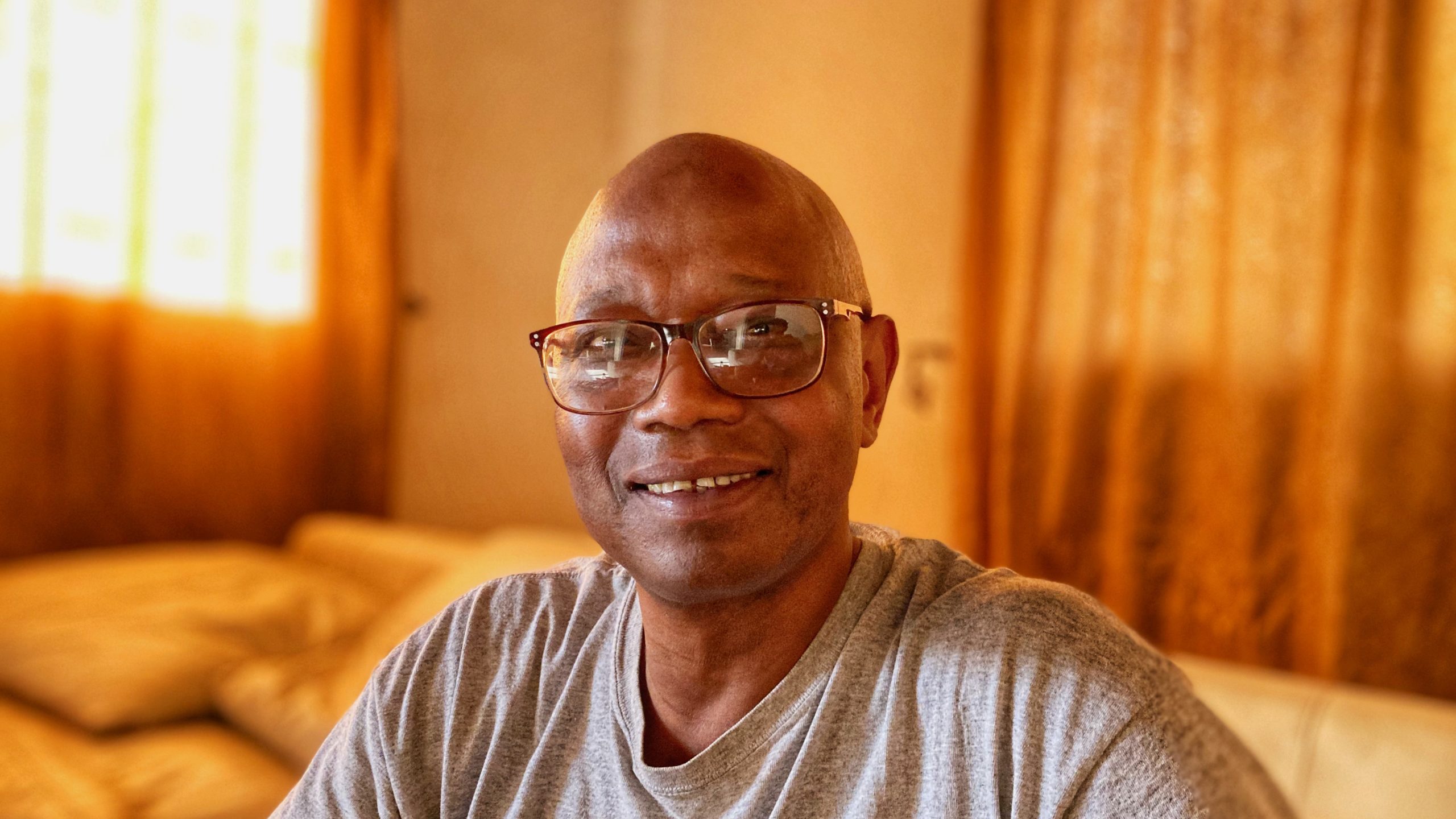
To my good fortune, I also met and started working with the African Network Against Extrajudicial Killing and Enforced Disappearances (ANEKED), a Gambian organization run by two women whose relative had been disappeared. Concerned that no one apart from the commission was recording details from the hearings, they began summarizing each testimony, highlighting perpetrators who were mentioned, and releasing the information to the public. I began summarizing testimonies that summer, continued part-time when I returned to New York for my second year of graduate school, then took on a full-time position with ANEKED after I graduated in May 2020.
Immersing myself in the testimonies changed me. I started to see connections between Jammeh’s Gambia and global developments, from Jammeh’s claim to have a miracle cure for a global pandemic (in his case, HIV/AIDS), to the revelations of how he built a secret system that allowed him to sexually abuse numerous women with impunity. I grew incensed watching TV shows that suggested torture works. Once I woke up in the middle of the night and started blithely describing to my half-awake partner how suspected coup plotters were executed. The work was fascinating and rewarding, but it wore on me. When the commission held its last hearing in May 2021, I breathed a sigh of relief, knowing the end was in sight.
* * *
When I arrived in Banjul, Gambia’s capital, last November, billboards asking about the fate of the disappeared were gone, the hearings no longer dominated the airwaves and attention was focused on an upcoming presidential election. The TRRC had just presented the government its final report and announced recommendations for prosecuting all the top perpetrators. In his modest house outside the capital, TRRC Executive Secretary Baba Galleh Jallow said he was relieved the commission was winding down.
“Gambians now have opened their eyes to the nature and extent of human rights violations that happened here,” he said when I asked about the commission’s successes. The final report, he added, pointing to stacks of paper along the wall, would soon be available online and deposited in libraries, the national archives and with civil society groups. “the biggest legacy of the TRRC,” he said, “is the body of knowledge we created.”
Later, as I scrolled through the TRRC’s final report, I recognized names, places and crimes from the testimonies, but felt something was missing. The hundreds of hours I had listened to did not line up into the neatly organized narrative centered around a handful of moments of extra-ordinary state violence presented in the report. Beyond the themes the TRRC chose for structuring the hearings, the testimonies contain new connections that invite Gambians to contemplate other dynamics that sustained—and undermined—authoritarianism. If one of the TRRC’s aims was for Gambians to use the past to shape the future, the stories embedded in the raw testimonies are far more powerful than the sanitized facts in the final report.
One of the motifs that emerged from the body of testimonies is the rural-urban divide. Multiple witnesses shed light on how Jammeh’s party and security services regularly used naked displays of force to hold power in rural communities. Opposition supporters described how Jammeh’s partisans derailed their campaigning by throwing stones and starting fights. An influential women’s leader in the town of Janjanbureh explained how she was arrested and detained after refusing to endorse Jammeh’s party.
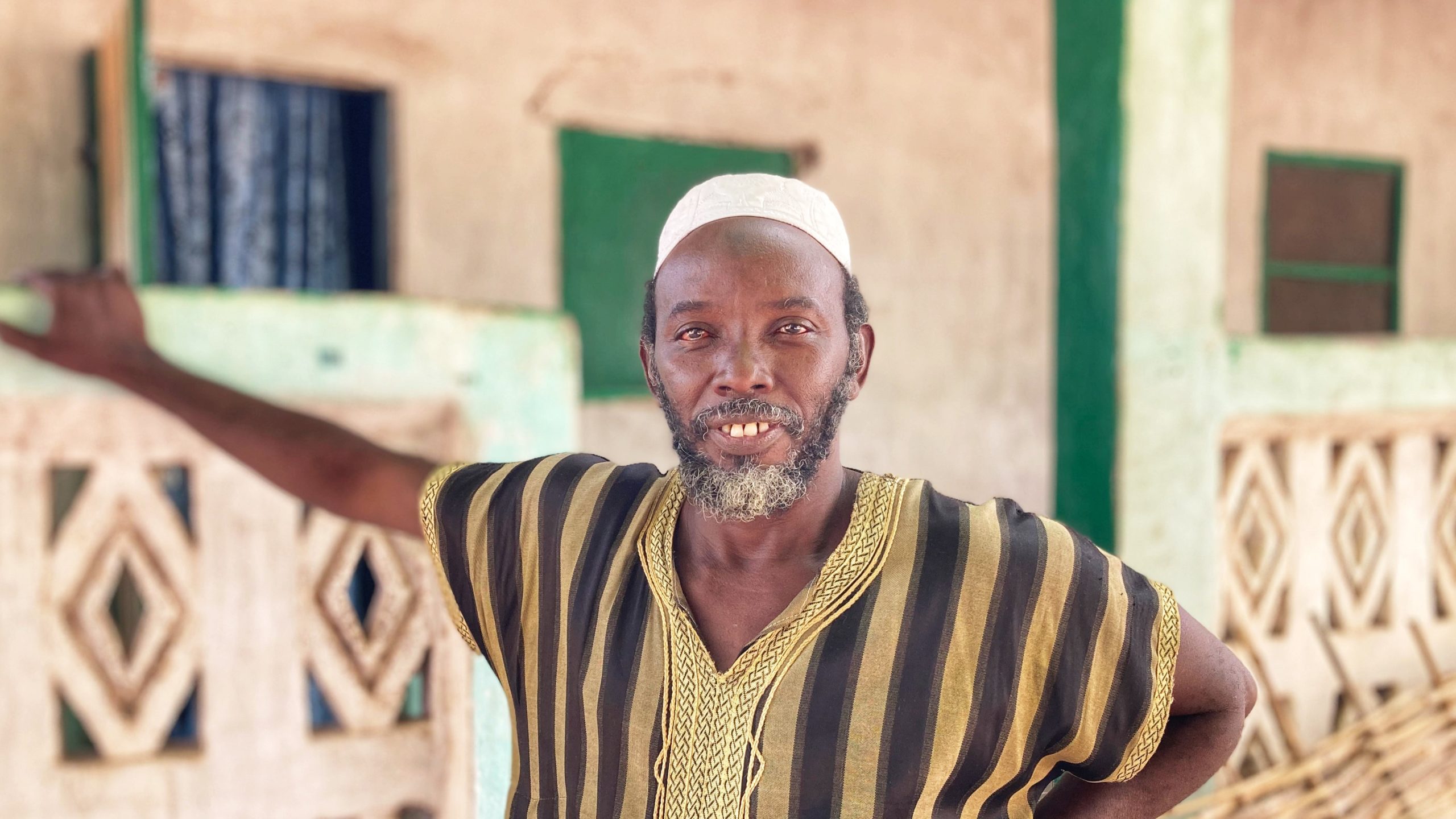
Three people testified about a particularly shocking incident in which the police descended on their small town and beat and arrested dozens of people after Jammeh’s chosen candidate was nearly defeated in a local election. There were even hints that the 2009 Sintet witch hunt that ensnared Ali Jallow’s father was partly caused by partisan political grievances.
Government corruption was another through-line. A development officer described how local government officials were secretly pocketing taxes collected from sand mining. Others spoke about how corrupt security officers would work with realtors and government bureaucrats to steal land. Even Ali Jallow had to bribe someone to have his father released.
More spectacularly, a number of witnesses spoke about the government’s involvement in the international cocaine trade. A former (and current) intelligence officer confirmed that Jammeh “hosted” General Bubo, the former head of Guinea-Bissau’s navy and a one-time drug kingpin. Witnesses hinted that Jammeh himself had a stake in the two tons of cocaine that was seized, somewhat accidentally, by Gambian police in 2010.
These connections, from the astonishing to the mundane, illustrate how Jammeh fostered an environment where civil servants could engage in illegal activities with impunity.
Another theme that emerged across the testimonies was strained relations between the security forces and civilian leadership. Multiple witnesses suggested that the roots of the 1994 coup lay in tensions between the military and government. They cited the mutiny of returning peacekeepers who felt they had not been paid their due as well as popular anger over the fact that a Nigerian contingent had been invited to take over leadership of the Gambian military. Witnesses also spoke about hostility between various security forces. Two high-profile events stood out in which intelligence officers arrested and tortured members of the army and the drug police, respectively.
It also emerged during the commission that Jammeh was afraid of his military. There were at least four attacks on his government,[1] two of which came directly from within the army. However, Jammeh also used an allegation of a coup to sideline rivals he thought were a threat to his rule. While the final report dutifully lists those incidents and the arrests, tortures and detentions that followed, it ignored the causes of the real coups and avoided mentioning the tensions between the units and how the president manipulated them to ensure loyalty.
The testimonies also reveal how people resisted authoritarianism. Multiple witnesses cited an incident in which a prison officer named Ebrima Ceesay refused to admit a detainee into prison who had just been beaten within an inch of his life. Other witnesses mentioned security officers disobeying orders by allowing detainees to leave their cells to pray or smuggling in food or medicine.
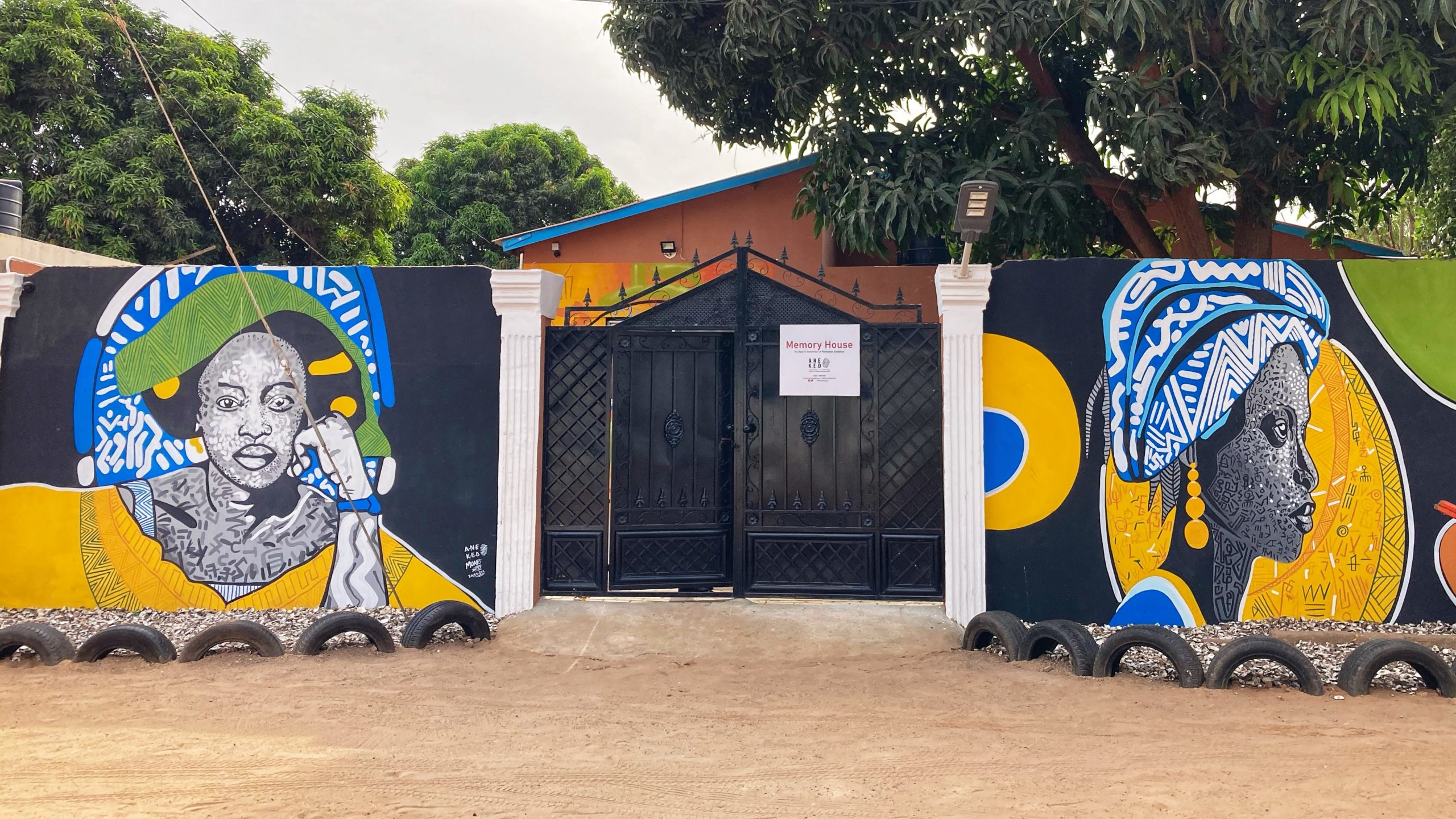
The TRRC testimonies also revealed how many women refused to be silent when their family members were arrested, detained or disappeared. Two weeks after the car of Momodou Sowe—a protocol officer who worked closely with Jammeh—was broken into, he was suddenly arrested and detained in an infamous prison called Mile 2. His wife and his mother sent Jammeh multiple letters appealing for mercy, to no response. His wife then approached a newspaper who agreed to print his story, which led to the intervention of a lawyer who brought his case to court. After two years, he was suddenly released.
These stories of resistance and rescue complicate the TRRC’s narrative of Gambians being passive victims, instead showing how everyday people fought back against the regime’s vagrancies in small, but meaningful, ways.
What stands out to me about these stories, which were essentially ignored in the TRRCs final report, is how much relevance they have to contemporary Gambian society. Rural areas are still much poorer and more isolated than urban ones, leaving them more vulnerable to state predation. Allegations of government corruption, from selling diplomatic passports to accepting bribes to open fisheries, are rife.
Last, and perhaps most worrying, the relationship between the military and government is still strained.[2] Reports suggest officers are disgruntled by security sector reforms. The presence of Senegalese peacekeepers is considered an affront to many in the military. Connecting these stories from the past with the present can help us understand how a future leader could again entrench him or herself, while stories of resistance provide a roadmap of how to prevent that from happening.
* * *
For the two and a half years the commission held its hearings, these stories were a part of everyday conversations. Now the proceedings have stopped, the past has again slipped from public discourse. When it comes to transitioning from the Jammeh era, the focus has moved to reviving efforts to pass a new constitution and the prosecution of perpetrators. Still, a few civil society organizations have taken it upon themselves to continue the conversations started at the TRRC.
On my last day in Gambia this January, I finally managed to visit the Memory House, a memorial center established by ANEKED last year. The permanent display, The Duty to Remember, tells the stories of those who disappeared through their personal effects and stunning photography. Although I was not involved in the project, I was familiar with most of the stories from my work as a summarizer.
But I was still not prepared for how the exhibit would touch me. Ordinary items like old hats, identity cards and high school certificates, similar to the ones I had, took on new meaning when presented as belonging to people whose lives were cut short. With her portrait staring down on me, I got especially choked up reading the story of a mother who lost her son to a soldier’s bullet.
During my guided tour, Lisa Camara, the programs and advocacy manager at ANEKED, explained that the goal was to make sure the stories continued to be told, discussed and made accessible to people in the simplest way. She explained hosting special days for victims to visit, hiring university students to give tours, and regularly presenting the stories and photography in rural communities.
“History should be there for people to see and remember,” she told me. “Knowing the history helps victims heal from the past, but it can also make people ask questions about the future.”
Endnotes
[1] The attacks included a November 1994 attempted military coup, a November 1996 attack on Farafenni barracks by Gambian rebels, a March 2006 attempted military coup, and a December 2014 attack on the State House by Gambian rebels.
[2] See Maggie Dwyer, “Security Force Assistance to The Gambia Following the 2017 Political Transition: A Recipe for Further Fragmentation?” in The Journal of Intervention and Statebuilding.
Top photo: Protesters demanding that former junta leader Yankuba “Yanks” Touray testify before the TRRC

